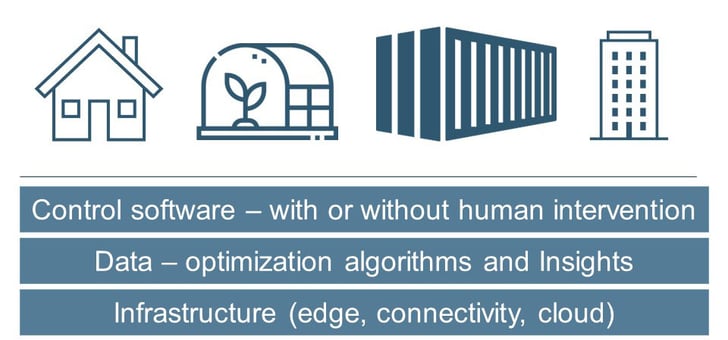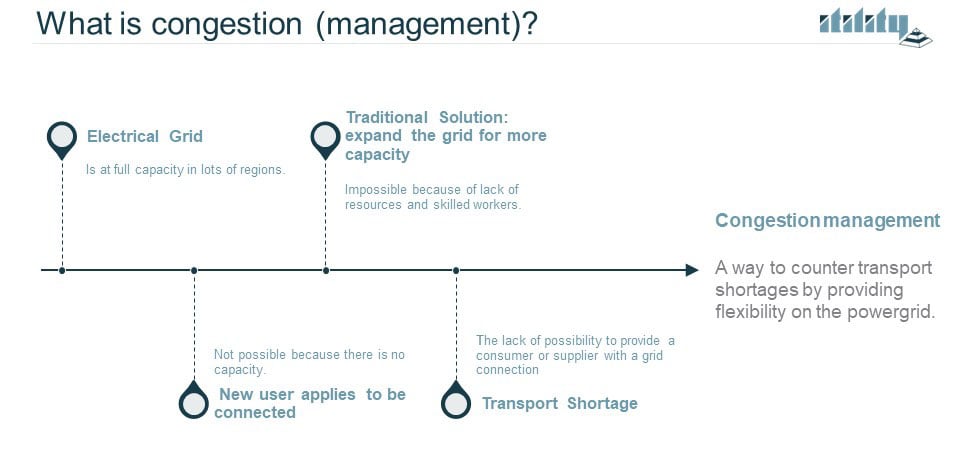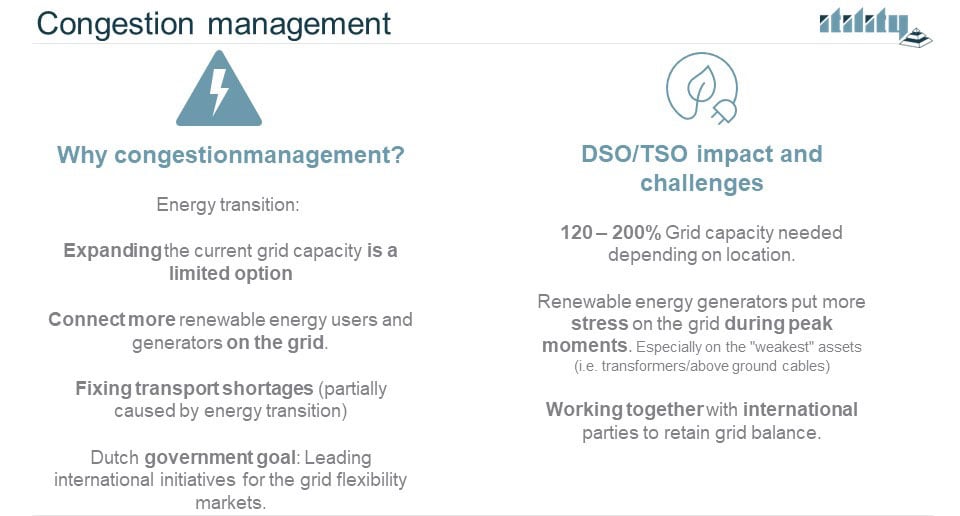Saving energy
Tips from Itilians, projects we're working on, and the challenges and opportunities we see.
In order to become more sustainable, reduce CO2 emissions, and lower energy costs, it’s essential to look at ways to save energy. Therefore, we asked our Itilians what they are already doing at home to save energy.
One of the most frequently mentioned tips among our tech-savvy Itilians is to use home automation (domotica), to turn off lights, heating, and electronics when they are not in use.
Tips and methods that take a bit more effort are, of course, insulating your home and sealing air leaks. Proper insulation can keep your home warm in the winter and cool in the summer, reducing the need for heating and air conditioning.
Changing behavior to reduce gas consumption is another important topic. Think of lowering the setpoint temperature of the thermostat, reduced showering times, etc.
Finally, investing in solar panels to generate electricity is popular. While the initial cost of installing renewable energy systems may be higher, they can save money on energy bills in the long run.
So, this is what we are already doing at home. But as Itility, we’re also working on various projects with this same goal of saving energy. Let’s shortly summarize them.
What we're already doing

We are creating our own control software to balance consumer heat pumps with the flexibility of more comfort versus reduced energy consumption (savings).
We are testing with greenhouse growers, to financially exploit the peak demand for energy and balance this with the combination of a successful yield.
And on the roof of our own office building, we are installing solar panels for our electric car fleet.
Challenges ahead
There are a lot of challenges going on right now, think of the war, resulting in high energy prices, the drought last summer, that causes supply ships in Germany only to be filled for 30%, or nuclear facilities with corrosion in France, which results in many reactors switching off.
However, let’s have a look at the opportunities as well. The situations described above encourages us to innovate, focus on a sustainable way of living, and make efficient use of energy.
One of the big opportunities we see is called ‘energy congestion management’.
Energy congestion refers to a situation in which there is insufficient capacity in the energy transmission or distribution system to meet the demand for electricity. This can occur for a variety of reasons, such as an increase in demand or supply, problems with power plants or transmission lines, or a lack of sufficient infrastructure to meet the needs of the system.

To address energy congestion, grid operators must implement measures such as upgrading existing infrastructure or implementing demand-side management programs to reduce electricity demand at peak times.
They may also rely on demand response programs, which incentivize consumers to reduce their electricity use during times of high demand, or on energy storage systems, which can help store excess electricity and release it back into the grid when it is needed.
The ultimate goal is to have all these initiatives work in harmony in a fully automated manner, aligning supply and demand and be able to maximize the capacity of the electricity grid.







